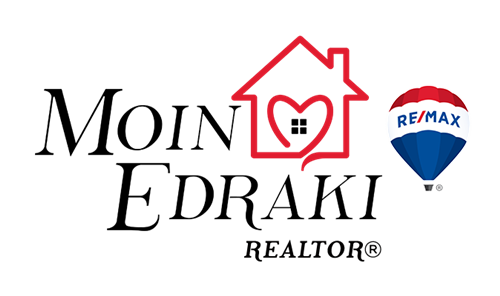New program is bringing electricity to Ethiopia
A program in Ethiopia has brought distributed solar to 13,200 people, and aims to reach roughly another 11,800 by the end of this November. Roughly one third of the East African country’s population lives on $1.25 a day (adjusted for purchasing power parity) or less, and as of 2009 the country was plagued by power outages and less than 10 percent of its households had access to electricity.
The effort is part of a larger program set up by Ethiopia’s Ministry of Water and Energy, and backed by $40 million from the World Bank. It’s already commissioned three hydropower plants — with a combined capacity of 1.18 gigawatts — to bring renewable energy to Ethiopians on the nation’s electrical grid. $11 million of that grant is going to the solar program, which aims to bring distributed generation to Ethiopians not on the grid.
This can be an unusually effective energy solution for the poor in the developing world — especially in Africa, where sunshine is abundant. Between 1.2 and 1.6 billion people worldwide have no access to electricity, and the International Energy Agency has more or less admitted that at this rate half of them will never have access to the grid. Furthermore, these people generally rely on kerosene, candles, batteries, generators, and such for light and power. The kerosene alone took up 25 to 30 percent of a family’s income per year, as of 2012.
Click here to go to full article in Think Progress.
Download the website sponsorship guide


